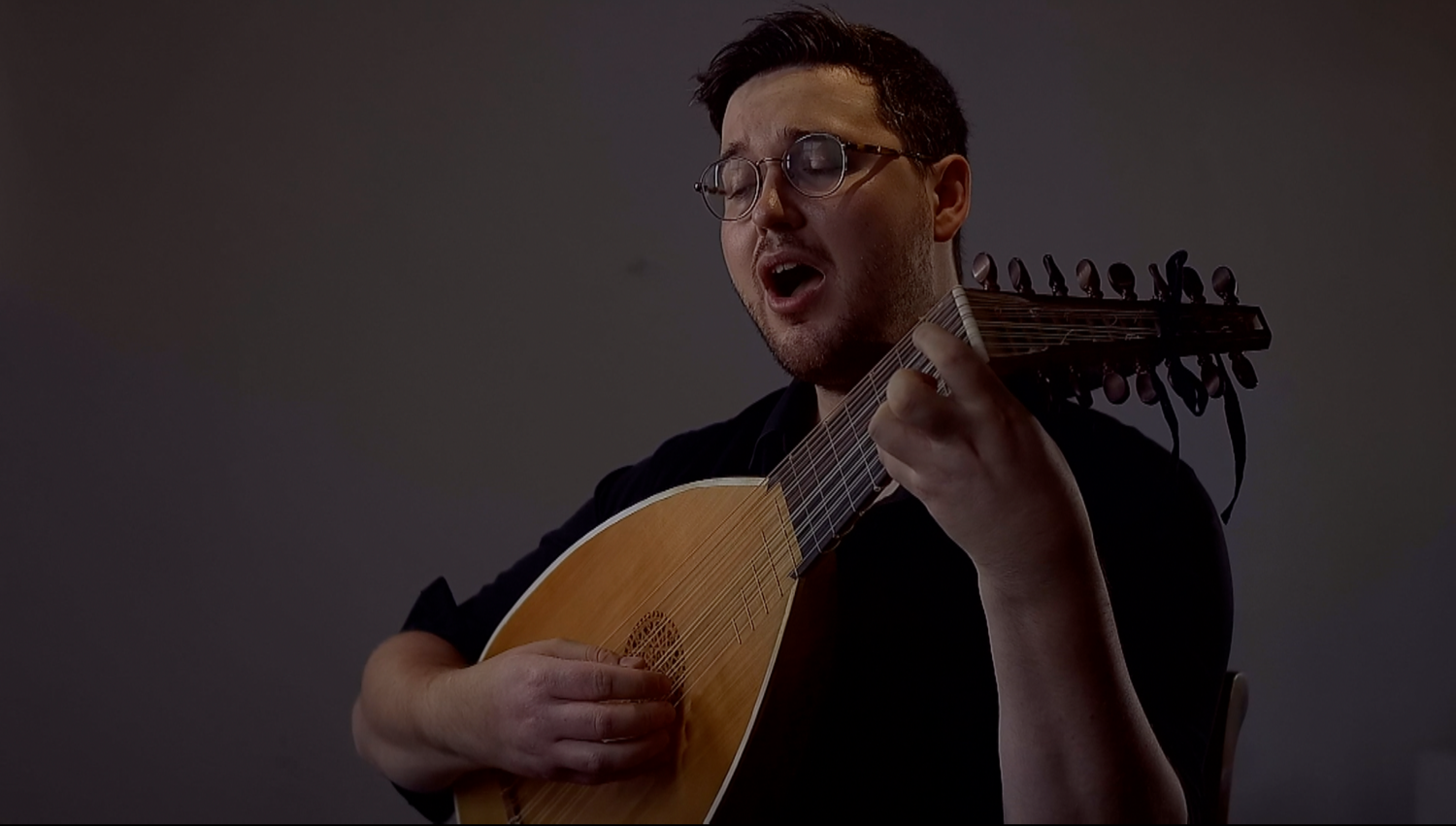Pietro Pontio on the Performance of Syncopations (1588)
- Tim Braithwaite

- Oct 1, 2021
- 2 min read
‘Nonetheless there are others who are of the opinion that half of the note value of the syncopated semibreve is deemed to be dead—whereby the second half is meant—because the ear only judges the first part of the note which it hears due to the percussion of the motion; and also because one observes the majority of the singers to have dropped the [second] half of the syncopated semibreve. This abuse which has been so unfortunately introduced is worthy of reprehension, because the composers have placed their notes in their works so that they may be sung and not passed over in silence’
‘Nondimeno altri sono, i quali hanno opinione, che la metà della figura di Semibreve fatta in elevatione della misura sia riputata come morta; il che s’intende della parte seconda; perche l’orecchia solamenta fa giuditio di quella parte prima della figura, ch’essa sente per rispetto della percussione del moto; & ancora perche hoggidì dalla maggior parte delli cantori si vede essere lasciata con la voce la metà della figura di Semibreve fatta in elevatione della battuta. Il qual abuso così malamente introdotto è degno di riprensione; percioche gli compositori pongano le lor figure ne’ Canti, acciò siano cantate, & non tacciute.’
—————-——————-——————-——————-——————-——————-—
*Notes*
Pietro Pontio, Ragionamento di Musica, (Parma: Erasmo Viotto, 1588; facsimile Kassel: Bärenreiter, 1959). Translation from Anne Smith, The Performance of 16th-Century Music: Learning from the Theorists (Oxford: Oxford University Press, 2011).
I have to say that I find this description very interesting since I often come across the idea that such an approach to phrasing is ‘too Baroque’ for sixteenth-century music. While Pontio seems to be rather upset about the practice, it seems clear from his description that the impulse to phrase-off the second half of syncopated notes was strong amongst his contemporaries.
The image below is an engraving made between 1530-1560 by the anonymous ‘Master of the Die.’ It shows Psyche seated at a table attended by invisible servants, as Cupid rests his head on her shoulder, at right four men standing singing from an open book, one playing a lute, from the Story of Cupid and Psyche as told by Apuleius. Notice the man tapping the tactus on the arm of his fellow as they are singing.





Comments